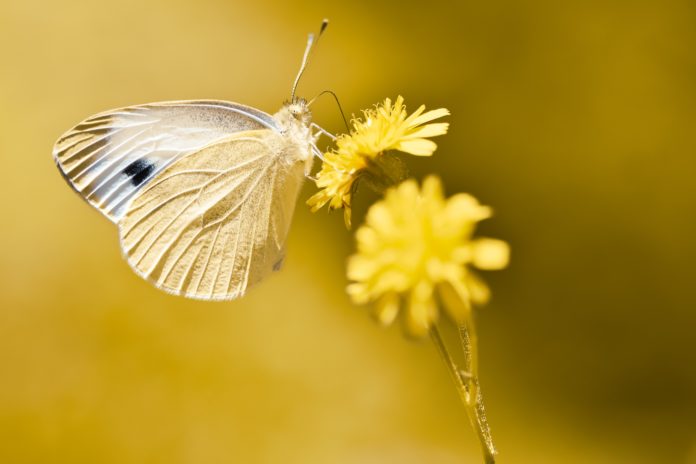“Does the flap of a butterfly’s wings in Brazil set off a tornado in Texas?”
That was the famous question posed by scientists a half-century ago. This butterfly effect, as it came to be known, is meant to describe the vast consequences that a small change in a natural system can produce. If recent research from the University of British Columbia (UBC) is any indication, we may soon witness a very literal butterfly effect that has the potential to affect global food systems.
A Bug’s Life
As Erez Büyükyilmaz and Dr. Michelle Tseng, researchers from UBC’s Departments of Botany and Zoology, make clear, insects are vital to the health of our environment. Despite their size, they play a crucial role in the maintenance of nearly all ecological cycles. For instance, they contribute to the necessary cycling of carbon and other nutrients, a process that can affect the highest levels of their ecosystems.
As the researchers explain, insects are also likely to respond quickly to the effects of climate change due to their short lifespans and large populations. These two points indicate that the survival and health of insect populations will likely be one of our ecological weak points in our battle with climate change.
Smaller Butterflies
To understand the effect of warming temperatures on the development of butterflies, the researchers reared the cabbage white butterfly, or Pieris rapae, at various temperatures in the lab.
They found that the butterflies reared in warmer temperatures were smaller in body size and had shorter development times. Using a specialized flight mill device, they also found that warmer temperatures were associated with smaller wings, which itself was linked to slower flight speeds and smaller distances flown.
Pollen Collection
In addition to their dazzling colours, butterflies also play a vital role in flower pollination, often visiting plants that other major pollinators such as bees ignore. Due to this, the UBC researchers also wanted to understand the effect of warming temperatures on butterfly pollination patterns. To do this in a natural setting that could not be replicated in a lab, they collected 100 P. rapae butterflies from UBC’s campus — the same campus where they had collected the eggs used for the earlier experiment.
After comparing the butterflies caught in the wild to the lab-grown butterflies, the researchers concluded that butterflies matching those grown at warmer temperatures visited fewer flowers and collected less pollen than those grown at the lowest temperature.
Effect on Global Food Systems
These findings hold troubling implications for global food systems, including crop yields. As the planet continues to warm due to climate change, these increasing temperatures could create a butterfly effect by affecting butterflies’ body sizes, wing sizes, flight speeds, and pollination patterns.
As Dr. Tseng explains, insect pollinators are required for the pollination of 75% of global crops. If extreme changes occur to plant pollination patterns, this could create a dangerous cascading effect that harms animal population sizes and interferes with global crop yields and food production.









































